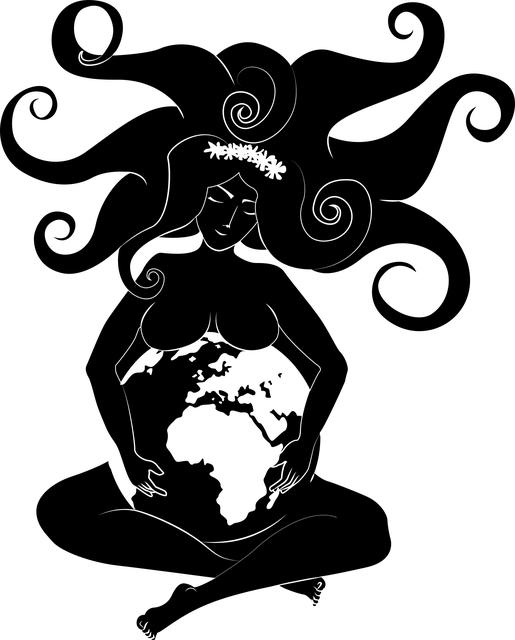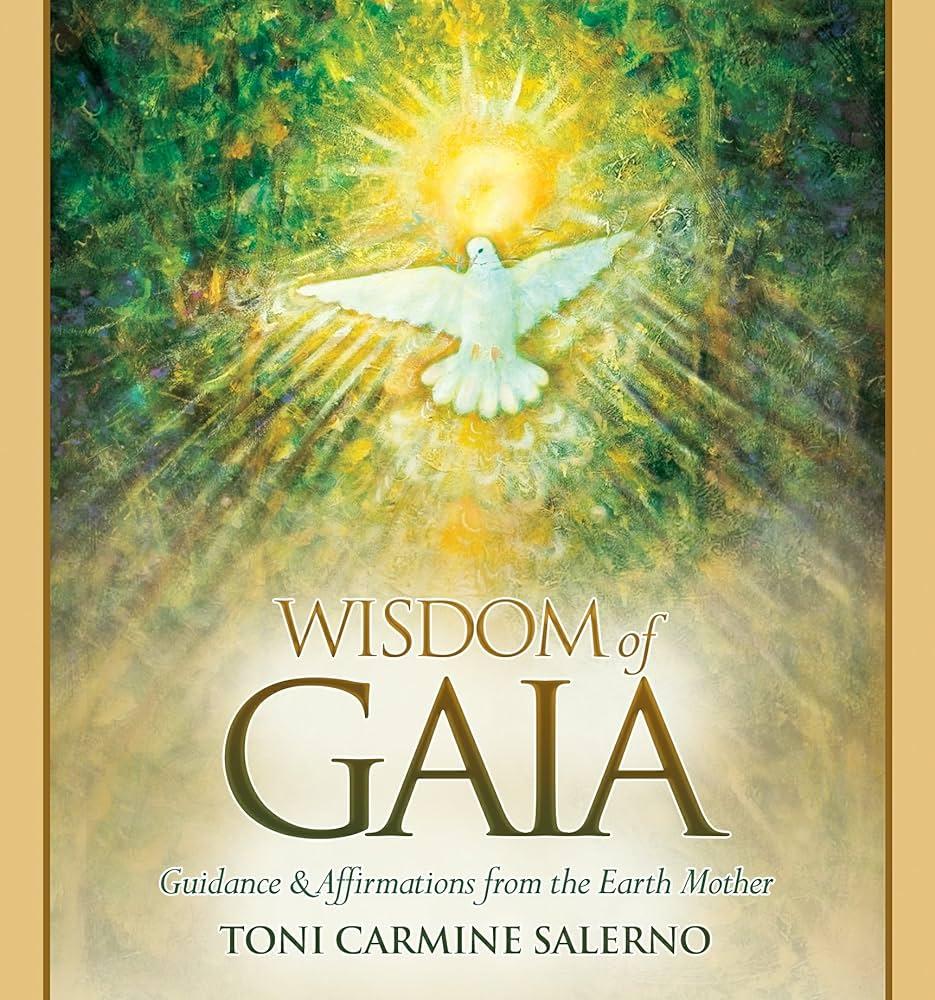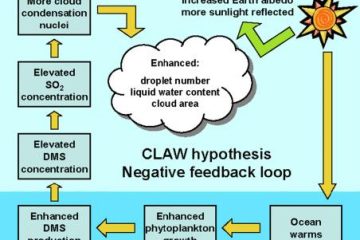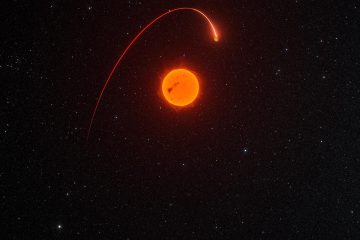In the vast tapestry of environmental theories lies the intriguing concept of the Gaia Hypothesis. Embarking on a journey through the intricate web of interconnectedness between the Earth and its inhabitants, we delve into a paradigm that views our planet not just as a home but as a living, breathing organism. Join us as we unravel the mysteries and implications of this thought-provoking hypothesis and explore its relevance in shaping our understanding of the delicate balance we call Earth.
Table of Contents
- Understanding the Gaia Hypothesis: A Holistic View of Earth
- Exploring the Interconnectedness of Gaia: Ecosystem Dynamics
- Implementing Gaia Principles in Modern Environmental Practices
- Embracing Gaia’s Wisdom: Sustainable Living Strategies
- Q&A
- Concluding Remarks
Understanding the Gaia Hypothesis: A Holistic View of Earth
Exploring the Gaia Hypothesis unveils a profound connection between Earth and all living organisms inhabiting it. This theory, proposed by James Lovelock and Lynn Margulis, suggests that the planet operates as a self-regulating system, maintaining conditions necessary for life. Imagine the Earth as a single organism where the atmosphere, oceans, and land interact to sustain life in a delicate balance.
<p>**Key Concepts:**</p>
<ul>
<li>The interconnectedness of all elements on Earth</li>
<li>The evolutionary perspective of Earth as a living entity</li>
</ul>
<table class="wp-block-table">
<thead>
<tr>
<th>Earth's System Components</th>
<th>Function</th>
</tr>
</thead>
<tbody>
<tr>
<td>Atmosphere</td>
<td>Regulates temperature and gas composition</td>
</tr>
<tr>
<td>Oceans</td>
<td>Controls climate and nutrient cycles</td>
</tr>
<tr>
<td>Land</td>
<td>Supports diverse ecosystems and biodiversity</td>
</tr>
</tbody>
</table>
<p>Embracing the Gaia Hypothesis encourages us to view Earth holistically, recognizing the intricate web of relationships that sustain life. By understanding our planet as a unified organism, we can appreciate the importance of preserving its delicate equilibrium for future generations. This shift in perspective invites us to act as stewards of Earth, fostering harmony between humanity and the environment.</p>
Exploring the Interconnectedness of Gaia: Ecosystem Dynamics
Within the intricate tapestry of Gaia’s interconnected systems lies a mesmerizing dance of life and harmony. The essence of the Gaia hypothesis pulsates through the veins of ecosystems, each component a vital thread in the fabric of our planet’s collective existence. From the towering canopies of ancient forests to the depths of the ocean floor, every entity plays a unique role in sustaining the delicate balance of nature.
Ecosystem Dynamics Unveiled:
- Mutualistic Relationships: Bees and flowers engage in a timeless partnership of pollination, showcasing the beauty of interdependence.
- Food Webs: Predators and prey engage in a delicate dance of survival, illustrating the intricate connections within ecosystems.
- Climate Regulation: Forests act as lungs, breathing life into the atmosphere and regulating global temperatures.
In exploring the web of life that envelops Gaia, we are reminded of our interconnectedness and the profound impact of even the smallest actions on the tapestry of existence. Take a moment to marvel at the wonders of nature, for within its embrace lies the key to our shared future and the preservation of Gaia’s intricate dance of life.
Implementing Gaia Principles in Modern Environmental Practices
Incorporating the Gaia Principles into contemporary environmental initiatives offers a refreshing perspective on sustainability. By embracing interconnectedness and balance, organizations can foster harmony between ecosystems and human activities. This holistic approach underscores the importance of viewing our planet as a living organism, where each element plays a vital role in maintaining equilibrium.
When organizations adopt Gaia-inspired practices, they prioritize regenerative solutions that support the well-being of both nature and society. Implementing circular economy models, promoting biodiversity conservation, and reducing carbon footprint are key steps in aligning with Gaia principles. By nurturing a deep reverence for the intricate web of life, businesses and communities can co-create a more resilient and harmonious world.
| Benefits of Gaia Principles Implementation: | |
|---|---|
| Enhanced ecological resilience | Improved community well-being |
| Efficient resource utilization | Reduced environmental impact |

Embracing Gaia’s Wisdom: Sustainable Living Strategies
In today’s fast-paced world, it’s crucial to reconnect with the natural rhythms of our planet and embrace sustainable living strategies inspired by Gaia’s wisdom. By aligning our lifestyles with the principles of ecological balance and harmony, we not only benefit the Earth but also enhance our own well-being.
<p>**Engaging in practices such as composting, growing your own food, and reducing waste can have a profound impact on the environment and create a more sustainable future for generations to come.** By adopting a mindful approach to consumption and living in harmony with nature, we become stewards of the Earth, nurturing it for the benefit of all living beings.</p>Q&A
**Q&A: Exploring the Fascinating Gaia Hypothesis**
Q: What is the Gaia Hypothesis and how does it relate to Earth?
A: The Gaia Hypothesis, proposed by scientist James Lovelock, suggests that the Earth is a self-regulating organism where biological systems work together to maintain environmental conditions suitable for life.
Q: What are some key principles of the Gaia Hypothesis?
A: One key principle is the idea that living organisms and their inorganic surroundings are closely integrated to form a complex, self-regulating system. Another principle is the concept of homeostasis, where the Earth maintains a stable and optimal environment for life to thrive.
Q: How does the Gaia Hypothesis impact our understanding of environmental sustainability?
A: The Gaia Hypothesis challenges us to view the Earth as a living entity that requires our stewardship and care. It highlights the interconnectedness of all living things and the importance of maintaining a balance in our ecosystems for long-term sustainability.
Q: Are there any criticisms of the Gaia Hypothesis?
A: Critics argue that the Gaia Hypothesis anthropomorphizes the Earth and may oversimplify the complexities of ecological systems. Some also question the extent to which Earth can be considered a self-regulating organism.
Q: In what ways can individuals contribute to supporting the principles of the Gaia Hypothesis?
A: Individuals can contribute by adopting sustainable practices, reducing their carbon footprint, supporting conservation efforts, and promoting environmental awareness. By taking collective action, we can help nurture the Earth’s self-regulating systems and protect the delicate balance of life on our planet.
Concluding Remarks
In a world filled with endless possibilities and mysteries, the Gaia Hypothesis invites us to ponder the interconnectedness of all living beings and our planet Earth. As we delve deeper into the intricate web of life that surrounds us, we are reminded of our shared responsibility to nurture and protect our home. Let us embrace this profound sense of unity and harmony as we strive to coexist with nature in a balanced and sustainable way. May the essence of the Gaia Hypothesis continue to inspire us to respect and cherish the precious gift of life on this beautiful planet we call home.



0 Comments